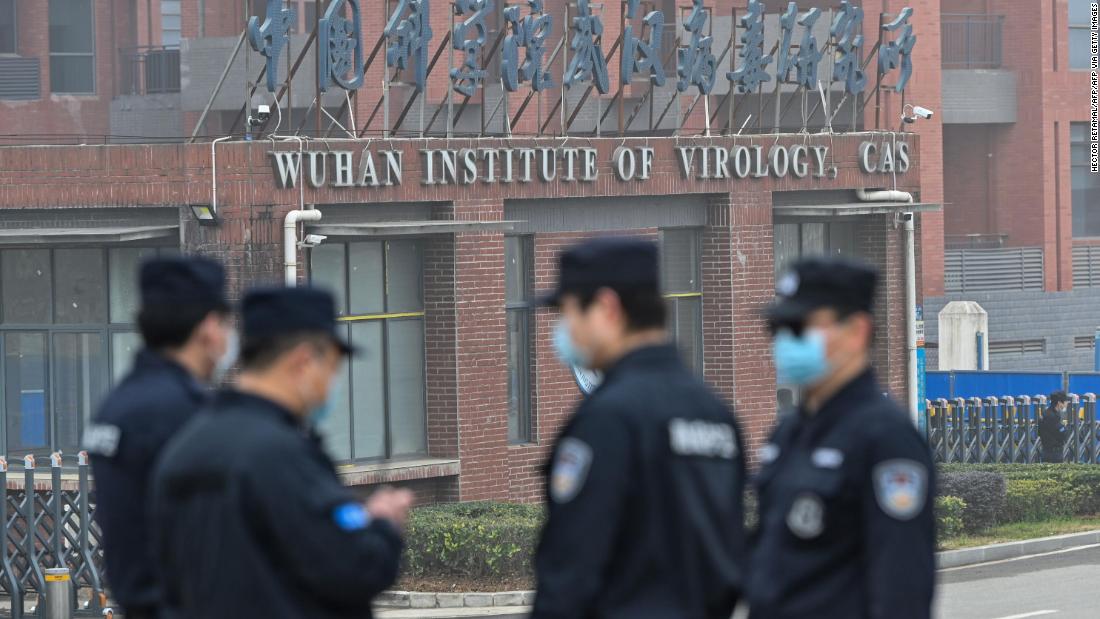The laboratory in question, which is affiliated with the Chinese government’s Academy of Sciences, is the only laboratory in mainland China equipped for the highest level of biocontainment, known as Biosafety Level 4 (BSL-4).
BSL-4 laboratories are designed to study the most dangerous pathogens in the world – those with a high risk of transmission, are often fatal and most often have no reliable cure, such as coronaviruses.
Wuhan lab led by China’s ‘bat woman’
In particular, Wuhan’s laboratory team led by virologist Shi Zhengli, known as China’s “bat woman” for years of bat hunting in bat caves, focused on bat-borne coronaviruses, exactly what she believes the current pandemic is said to have caused de.
This makes the work of laboratories like Wuhan’s even more important, as understanding how viruses evolve and spread from bats to humans could allow scientists to fight future infections. However, it also means that these laboratories can host a number of potentially deadly pathogens and must be extremely cautious to ensure that they do not escape.
Although the strictly anti-China Trump administration suggested that this could have happened in Wuhan, most experts disagree.
In an article published in the journal Nature Medicine last March, leading infectious disease experts in the United States, the United Kingdom and Australia said it was “unlikely” that the new coronavirus had emerged from a laboratory, citing comparative analyzes of genomic data.
“Our analysis clearly shows that SARS-CoV-2 is not a laboratory building or a purposely engineered virus,” said the newspaper.
Peter Daszak, a member of the WHO team currently in Wuhan and president of the EcoHealth Alliance, a nonprofit environmental health organization, said he was confident in the lab’s safety protocols.
“I know that laboratory very well,” said Daszak, who has worked closely with virologist Shi in the past.
“It’s a good virology lab that was doing a good job that came close to figuring out what the next SARS-related coronavirus would be. But, as far as I know, it hasn’t found it. now ironically they start to blame you. ”
“We have already spoken to (Shi) Zhengli and she is open about these things. I hope we have the same level of openness and transparency,” he said.
However, Daszak expressed concern that the broader investigation may be too late to find important information in Wuhan, where the initial virus outbreak occurred and is believed to have originated.
“We could have been here for a year doing a good job,” said Daszak, although he added “we are getting good access … all the time, we are working hard to find out more and more information about each possible path.”
Visit to the seafood market in Wuhan
Peter Ben Embarek, WHO team leader and food safety expert, told CNN that “even if the place has been disinfected to some extent, all the stores are there – and the equipment is there. That gives a good idea of the state market in terms of maintenance, infrastructure, hygiene and disposal of goods and people. ”
The team was able to speak with residents and workers, said Ben Embarek, adding that it was too early in their investigations to draw conclusions.
“It is clear that something happened in that market,” said Ben Embarek. “But it could also be that other places have the same role, and that was only chosen because some doctors were smart enough to link some sporadic cases.”
Another member of the WHO team, Professor Thea Fisher, told CNN that she was surprised at the “usefulness” of seeing a market that was deserted last year. “We had some very good public health professionals with us, who were doing some of the environmental sampling on the market … explaining to us exactly where they got the samples from the ventilation system.”
Daszak, who specializes in zoonoses – diseases that can be transmitted from animals to humans – said the visit to the market was “for me a critical point of the trip”.
“We were able to see the place where every infected person who was confirmed in that market had a stall, you had an idea of how new it was, how the infrastructure is,” he said. “Would it have been a messy place, a crowded and busy place? So that was extremely useful.”
CNN’s Nectar Gan contributed reporting.
